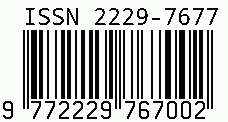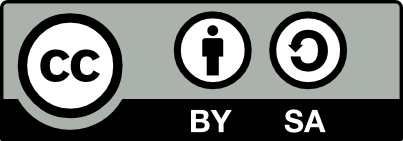
International Journal on Science and Technology
E-ISSN: 2229-7677
•
Impact Factor: 9.88
A Widely Indexed Open Access Peer Reviewed Multidisciplinary Bi-monthly Scholarly International Journal
Plagiarism is checked by the leading plagiarism checker
Call for Paper
Volume 16 Issue 3
July-September 2025
Indexing Partners



















Architectural Shifts in API Design: The Progression from SOAP to REST and GraphQL
| Author(s) | Sireesha Addanki |
|---|---|
| Country | United States |
| Abstract | The transition from SOAP to REST and GraphQLAPIs are part of the broader shifts in software architecture, technological evolution, and shifting developer needs. SOAP is still a fixture in industries such as banking and healthcare, but REST is the undisputed champion of public-facing APIs. Contrarily, for applications that are dynamic and have complex data requirements, GraphQL is becoming the market leader in terms of API design. New trends like serverless architectures, edge computing, and API-as-a-Product (AaaP) are going to reshape the API matrix and further confirm the API as the symbol of progress and innovation in software engineering. In 2000, Fielding wrote about REST (Representational State Transfer), which created a paradigm shift. REST advocated for simplicity, stateless communication, and resource oriented architecture By closely following along with web standards and appending lightweight data formats such as JSON and the REST architecture became the de facto design for web APIs. The use of client-server communication presented by it became a key in the development of mobile and web applications providing scalable and efficient communication between a mobile client or a web browser and a server. Despite its success, REST struggled with complex querying and data over-/under-fetching. With GraphQL, a query language that lets client specify what the response should look like (claims), Facebook, who developed GraphQL in 2012 and open sourced it in 2015, addressed most of the REST flaws. It helped to solve challenges like over-fetching and under-fetching of data, making data retrieval more flexible and efficient than ever. GraphQL’s schema-driven approach improved the developer experience, which made it the go to model for organizations that wanted to modernize their API ecosystems. This paper provides a historical background on the evolution of APIs, analyzing the predominant features, adoption rates, and restrictions of each of the SOAP, REST And GraphQL API styles. Through the lens of their influence over the software development landscape, each paradigm addressed the unique obstacles of its time, according to the study. The journey of APIs to make them more meaningful is articulated through a series of IEEE references from 2001 to 2022, connecting the reader with a scholarly foundation for understanding the evolutionary nature of APIs and their purpose. It covers comparative studies of performance, scalability, and developer experience for these paradigms as well as case studies that demonstrate practical usages. This comprehensive overview aims to bring developers, researchers, and organizations' past, present, and future trajectories of APIs into focus, helping them inform their development process, avoid pitfalls in later phases, and capitalize on available API systems as they mature. |
| Field | Engineering |
| Published In | Volume 16, Issue 2, April-June 2025 |
| Published On | 2025-06-25 |
| DOI | https://doi.org/10.71097/IJSAT.v16.i2.6579 |
| Short DOI | https://doi.org/g9q9h7 |
Share this


CrossRef DOI is assigned to each research paper published in our journal.
IJSAT DOI prefix is
10.71097/IJSAT
Downloads
All research papers published on this website are licensed under Creative Commons Attribution-ShareAlike 4.0 International License, and all rights belong to their respective authors/researchers.

